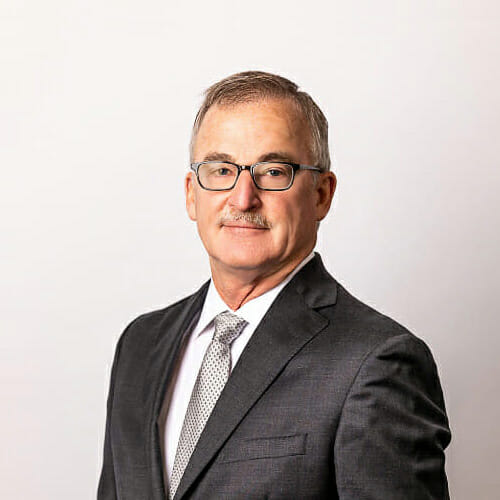Isn’t FDA Approval a Seal of Confidence?
June 30, 2017 / Medical Malpractice
Most of us assume that, once a drug reaches the marketplace, it has been thoroughly vetted by the Food and Drug Administration (FDA) and is therefore safe to take. But, according to a recent study, as many as one-third of the drugs approved by the FDA have safety problems that are not found until after the approval process.
A study published in the May, 2017, issue of the medical journal JAMA reported on 222 drugs approved by the FDA between 2001 and 2010. The data showed that 32 percent of the drugs studied demonstrated safety risks that did not appear until the post-approval time period — in other words, not until after the drugs were already being sold to consumers. The lead author of the study, Joseph Ross, noted that, “We seem to have decided as a society that we want drugs reviewed faster.” Because of this fact, he commented, it’s therefore crucial “that we have a strong system in place to continually evaluate drugs and to communicate new safety concerns quickly and effectively.”
Medications must gain FDA approval to go on the market, which means they must demonstrate safety and efficacy. But often safety concerns do not appear until the drugs have been used by many thousands of people for years after the drug’s initial release. Ross noted, “No drug is completely safe, and during premarket evaluation, we are not going to pick up all the safety signals.”
The FDA Approval Process in 5 Steps
Drugs undergo a number of steps in order to become approved by the FDA. Briefly, these steps are:
- The discovery and screening process. A new drug is investigated and screened, often with animal testing, by the drug company.
- The Investigational New Drug (IND) application. If step 1 has gone well, then the drug company submits an IND application to the FDA that includes details about the drug and any plans for testing it on humans.
- The three clinical trial phases (testing on humans). Phase 1 of clinical trials is for safety. Phase 2 is for effectiveness. If the drug makes it to Phase 3, it is tested again for safety and effectiveness on many more people in order to gather more data.
- FDA evaluation. The FDA evaluates and reviews the data from the clinical trials and also inspects the drug’s manufacturing facilities.
- Post-marketing evaluation and tracking by the FDA. If the drug is approved, the FDA continues to monitor the drug for safety after it has gone on the market.
The Details of the Study
Of the drugs found to have safety risks, three were withdrawn from the market entirely. Of the remaining drugs, the FDA required 61 of them to carry new black-box warnings, the most serious alert that can be included in a drug’s packaging. The agency also issued 59 new communications about drug risks to doctors and consumers that identified the FDA’s concerns. Some of the drugs even had multiple boxed warnings added or communications released during the study’s time period. The average time period for FDA action? It was 4.2 years after the drug was approved.
The study did demonstrate that the drugs most likely to have been flagged for safety concerns were either those that had been granted permission to use the FDA’s accelerated approval program, were meant to treat mental illness, or were approved near the review deadline. Still, it might be disturbing to you that so many drugs were found to have problems after they were released to market. The director and founder of the Scripps Translational Science Institute, Eric Topol, observed that he wasn’t surprised, but he was troubled by the findings. Noting that patients for clinical trials are often cherry-picked, he remarked, “We don’t get a real-world representation.”
Topol was not involved in the research or the study published in JAMA.
When something goes wrong, we are left to wonder.
Do you believe that you or a loved one has suffered harm from a pharmaceutical product? The investigative team at Stephenson Rife is committed to bringing together the most qualified experts available to uncover exactly what happened. Because product liability claims can be complex, the proficiency of your investigators and legal team is crucial to your claim.
Mike Stephenson is a Martindale-Hubbell AV-rated attorney, the highest possible attorney peer rating, with over 30 years’ experience. When you call Mike, you can have complete confidence that you are talking with a compassionate and successful Indiana personal injury lawyer. What is your next step toward justice? Contact us today using our online form, or call 1-317-825-5200. Stephenson Rife: hand the worry over to us, and let our resources back you up.

 Mike Stephenson has 40 years of experience and is a trusted advisor to many individuals and companies. His current practice is dominated by civil litigation in state and federal courts. He focuses much of his time on handling catastrophic injuries caused by all types of accidents, including motor vehicle, trucking, workplace injuries, product liability, and fire, just to name a few. He also works extensively in construction accidents. [
Mike Stephenson has 40 years of experience and is a trusted advisor to many individuals and companies. His current practice is dominated by civil litigation in state and federal courts. He focuses much of his time on handling catastrophic injuries caused by all types of accidents, including motor vehicle, trucking, workplace injuries, product liability, and fire, just to name a few. He also works extensively in construction accidents. [ 
